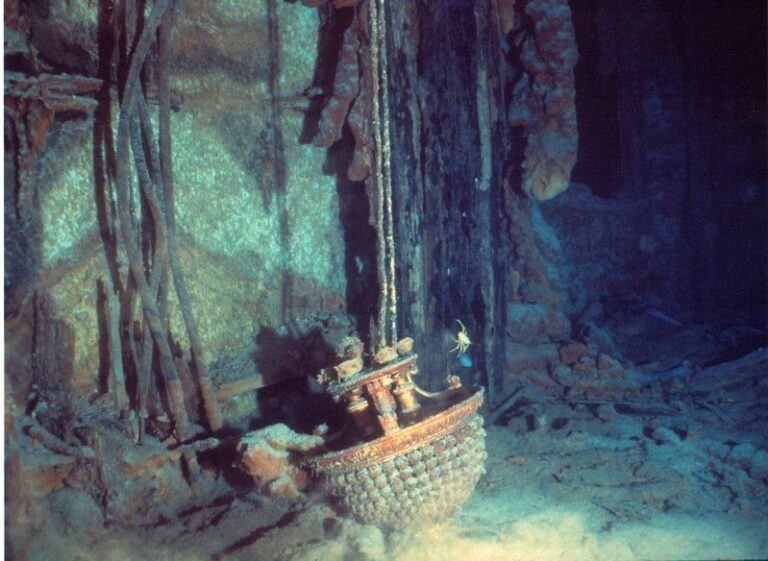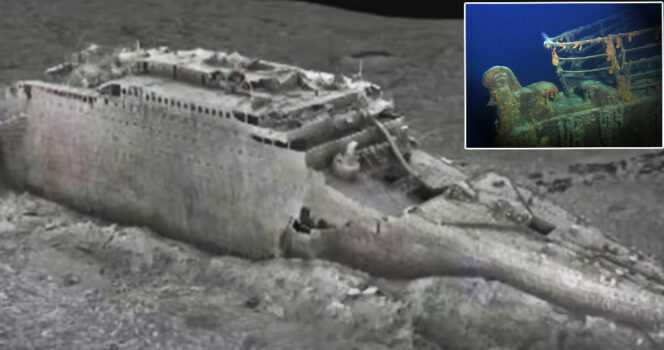The mysterious absence of bodies in Titanic’s wreckage
The sinking of the RMS Titanic on April 15, 1912, remains one of history’s most tragic events, claiming over 1,500 lives. However, a puzzling mystery persists: why were so few bodies recovered from the wreckage?
The Titanic’s wreck was discovered in 1985, over 12,000 feet below the surface. While numerous artifacts were recovered, the bodies of the victims remained largely absent. Some 337 bodies were found, but very few human remains have been documented.

At such great depths, the water temperature is near freezing and the pressure immense. Over time, bacteria and marine life consumed the bodies, leaving only non-organic items like shoes and boots behind. Additionally, the lack of calcium carbonate in the deep ocean causes bones to slowly dissolve, further explaining the absence of skeletons.
Despite the eerie nature of this discovery, some find comfort in knowing the bodies were reclaimed by nature. The Titanic itself is decaying, with scientists predicting its collapse within the next 50 years. Tragically, in 2023, the Titan submersible, on a mission to view the Titanic wreck, also tragically imploded, claiming the lives of all onboard.

The mystery of the Titanic’s missing bodies serves as a haunting reminder of the harsh realities of nature and the enduring loss that remains in the depths of the Atlantic.




